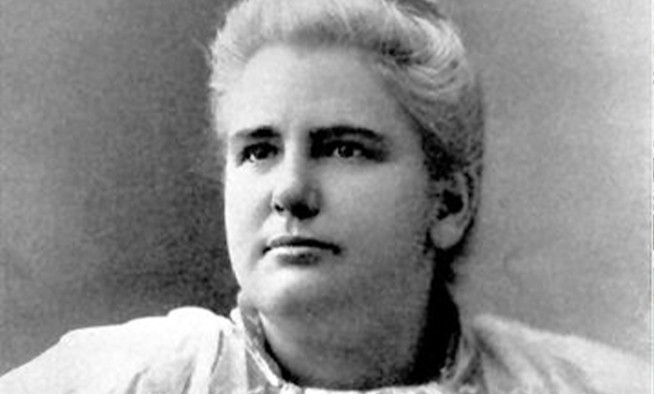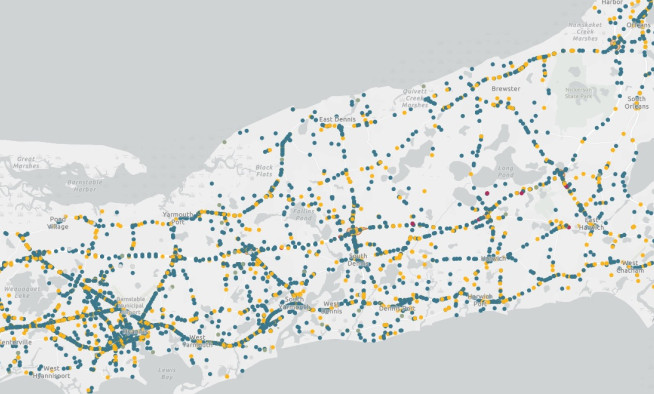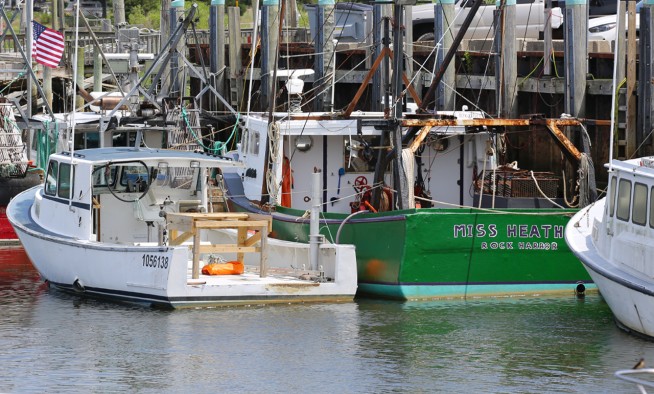Cape Cod Commission prepares model solar bylaw
Climate change is a major challenge facing Cape Cod and transitioning our regional energy sector to renewable forms of energy, including solar energy, is essential. At the same time, ensuring that the region has the resources to facilitate local renewable energy development while protecting our most sensitive resources and public health, safety, and welfare is critical.
In response to a recommendation in the region’s Climate Action Plan and to aid communities in regulating and establishing reasonable standards for large-scale solar photovoltaic installations, the Cape Cod Commission prepared a model solar bylaw for large-scale ground-mounted solar photovoltaic installations. This bylaw provides guidance to Cape communities as they seek to enhance renewable energy opportunities in appropriate areas.
This model was developed by combining and adapting language from model solar bylaws prepared by the Massachusetts Department of Energy Resources, Metropolitan Area Planning Council, and Pioneer Valley Planning Commission, as well as from the Town of Athol’s solar bylaw – itself the product of a comprehensive review of existing solar bylaws from over 100 Commonwealth communities. In addition, information from the towns on Cape Cod with existing Large-Scale Ground-Mounted Solar Photovoltaic Installation bylaws was reviewed and incorporated into this model, as was applicable Commission guidance. The model covers definitions, general requirements, site plan review, and performance standards, among other typical elements of a bylaw, with a focus on the unique characteristics of Cape Cod.
This regulatory model complements the Commission’s planning work to develop a Large-Scale Solar Screening Tool to help guide the appropriate siting of large-scale solar installations on Cape Cod.
Use of this model bylaw and the Commission’s large-scale solar screening tool will help communities balance renewable energy development – needed for the reduction of greenhouse gas emissions and production of locally-generated electricity – with conservation of our natural and agricultural lands – needed for their carbon storage and sequestration potential, as well as the numerous other environmental and societal services these lands provide.
Related Posts




